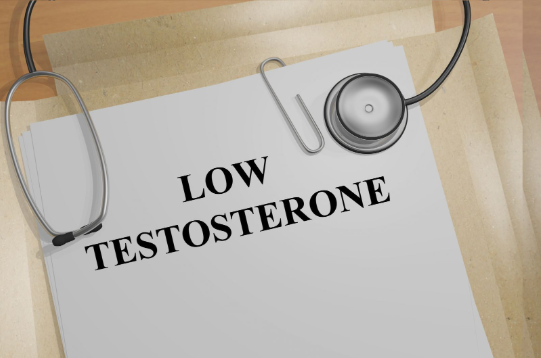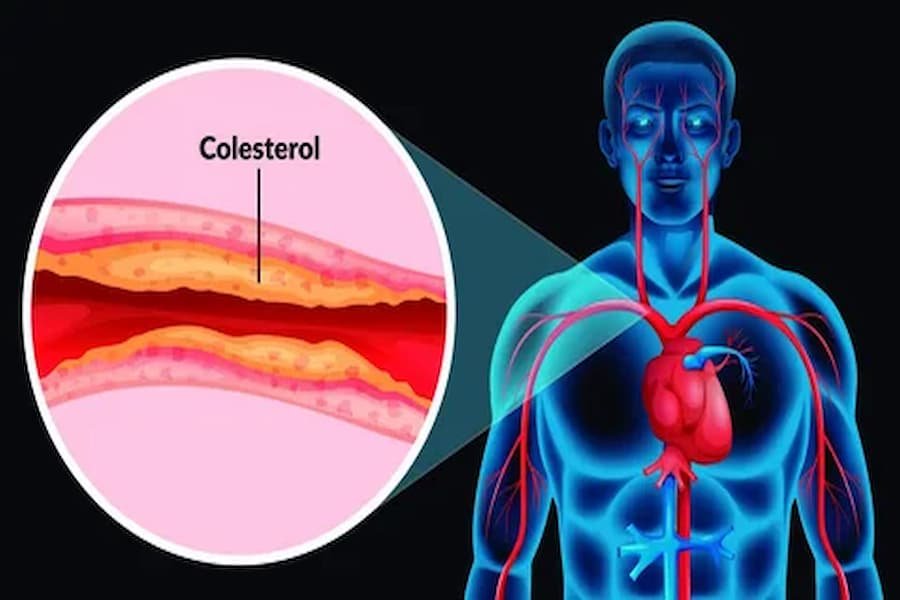Root Canal Recovery Time: Complete Guide to Healing After a Root Canal

If you’ve recently had a root canal or are about to undergo one, you’re probably wondering how long the recovery process will take. Understanding the root canal recovery time is essential to ensure a smooth healing process and to get back to your regular routine with minimal discomfort.
This comprehensive guide covers every aspect of recovery from immediate aftercare tips to when you can expect to return to work, resume eating normally and what signs to watch for along the way.
What to Expect After a Root Canal
A root canal is a common procedure designed to remove infected tissue from inside a tooth alleviating pain and preventing further complications. While many fear the procedure advancements in dental techniques have made it much less painful than it once was.
In fact, many patients report feeling immediate relief after the infection is removed. However, recovery is still a process and understanding recovery time for root canal is key to ensuring your experience is as comfortable as possible.
Typical Symptoms Right After a Root Canal
After your root canal, it’s normal to feel some tenderness around the treated area. This mild discomfort usually subsides within a few days but understanding what to expect can make it easier to cope with the initial symptoms:
- Tenderness or Mild Pain: Usually felt around the tooth and gums often due to the inflammation caused by the procedure.
- Swelling: Minor swelling may occur but it typically resolves within 48 hours.
- Jaw Soreness: This may result from keeping your mouth open during the procedure.
Immediate Post-Procedure Timeline
The first day after a root canal is critical for recovery. Knowing what to do—and what to avoid can speed up your healing and minimize discomfort.
First 24 Hours: Care Tips and Pain Management
During the first 24 hours, it’s essential to rest. Taking root canal recovery time off work is often recommended as it gives your body time to start healing.
Do’s and Don’ts for the First Day
- Do use a cold compress to reduce swelling. Apply it to the outside of your face near the treated area for 10-15 minutes every hour.
- Do take prescribed or over-the-counter pain medications as directed by your dentist.
- Don’t chew on the treated side of your mouth to avoid further irritation.
- Don’t smoke or consume alcohol as both can slow down the healing process.
Pain Management Options
Managing pain effectively is crucial in the early stages of recovery. Typical pain management options include:
Ibuprofen or Acetaminophen: These over-the-counter medications are often enough to relieve discomfort.
Ice Packs: Applying an ice pack intermittently helps reduce swelling and provides a numbing effect.
Saltwater Rinses: Starting the day after your procedure, you can rinse gently with warm salt water to keep the area clean.
General Recovery Timeline
The recovery time root canal varies by individual, but here’s a general timeline to guide your expectations:
| Time Frame | Recovery Stage |
|---|---|
| First 24 hours | Rest, manage pain and avoid chewing on the affected side. |
| Day 2 to Day 5 | Resume light activities; tenderness may persist, but pain should decrease. |
| One week later | Most discomfort has usually subsided with some sensitivity lingering. |
| Two weeks and beyond | Complete healing, though some may experience mild sensitivity when chewing or drinking cold liquids. |
Day 2 to Day 5: Easing Back Into Routine
By the second day, most patients start feeling better. Many can resume regular activities like walking or gentle exercise. However, it’s wise to continue being cautious with your diet and avoid biting hard foods on the treated side. Keep practicing oral hygiene but brush and floss around the treated area gently.
After One Week
At this stage most of the tenderness has faded and you should be able to eat more comfortably. Some mild sensitivity may linger especially with very hot or cold foods but this should decrease over the coming days.
Must read about How To Tighten a Loose Tooth at Home
Factors That Affect Root Canal Recovery Time

Several factors can influence how quickly you recover including personal health, the complexity of the procedure and how well you follow aftercare instructions. Let’s break down these factors:
Personal Health Factors
- Age and Immune System: Younger patients with strong immune systems often heal faster.
- Existing Health Conditions: Conditions like diabetes can slow recovery. Always inform your dentist about any health concerns.
Complexity of the Root Canal
- Number of Canals Treated: Teeth with multiple roots may take longer to heal.
- Extent of Infection: Severe infections can lead to swelling which might prolong recovery.
Signs Your Recovery Is on Track vs. When to See a Dentist
While some discomfort is expected, it’s essential to monitor your symptoms to ensure everything is healing correctly. Let’s look at what’s normal and what’s not.
What’s Normal?
Mild Swelling and Tenderness: Expected in the first few days and should gradually subside.
Sensitivity to Hot and Cold: This may persist for a week or two as your tooth adjusts.
Warning Signs
If you experience any of the following, contact your dentist immediately:
Severe Pain that doesn’t improve over time
Increased Swelling that worsens after the first 48 hours
Fever or Pus Formation: These could indicate an infection
When to Follow Up
Your dentist will likely schedule a follow-up appointment to monitor your recovery and ensure no complications have arisen. If you feel persistent pain or experience unusual symptoms don’t hesitate to reach out sooner.
Practical Tips for Speeding Up Recovery
To shorten your root canal recovery time, there are several practical steps you can take:
Eating and Drinking After a Root Canal
Diet is crucial to avoid irritating the treated area. Here’s a list of foods that are easy on the mouth and won’t disrupt healing:
- Soft Foods: Mashed potatoes, yogurt, scrambled eggs
- Cool Liquids: Smoothies and cold water help soothe inflammation
Avoid foods that are hard, sticky, or require a lot of chewing. By eating the right foods you can improve root canal recovery time eating and reduce the chances of aggravating the area.
Proper Oral Hygiene During Recovery
Good oral hygiene is essential, but it’s important to be gentle:
- Brush Carefully: Use a soft-bristled toothbrush and be gentle around the treated area.
- Floss with Caution: Avoid pulling hard on the floss near the treated tooth.
- Mouthwash: Avoid alcohol-based mouthwash as it can cause irritation. Opt for a gentle saltwater rinse instead.
Additional Lifestyle Tips
Don’t Smoke: Smoking delays healing and increases the risk of infection.
Avoid Alcohol: Alcohol can interfere with healing and pain medication effectiveness.
Stay Hydrated: Drink plenty of water to flush out toxins and promote healing.
Long-Term Care for a Successful Outcome

After a root canal, long-term care is just as important as the initial recovery phase. Following these guidelines will help ensure the health of your tooth for years to come.
Importance of the Permanent Crown or Filling
The root canal is just the first step, most teeth require a permanent crown or filling to restore full function and prevent future issues. Here’s why:
- Strengthens the Tooth: A crown prevents fractures and extends the life of the treated tooth.
- Protects Against Decay: Seals off the area preventing bacteria from reentering.
Routine Dental Visits
Seeing your dentist regularly helps catch any potential problems early. Schedule cleanings every six months and alert your dentist to any changes in the treated tooth like sensitivity or pain.
Common Myths About Root Canal Recovery Debunked
Misinformation about root canal recovery is common. Here are some myths and the truths behind them:
Myth: Root Canals Hurt for Weeks
Truth: Most people feel minimal pain after the first few days.
Myth: You Can’t Eat Solid Food for Days
Truth: You can eat solid foods like soft bread and pasta by the second day.
Myth: The Tooth Will Always Be Sensitive
Truth: Sensitivity fades over time as the area heals.
Conclusion: Getting Back to Normal Life After a Root Canal
Recovering from a root canal is a process but with the right steps, you can manage discomfort and ensure a smooth healing journey. By following your dentist’s advice taking care of your diet and keeping an eye out for any unusual symptoms, you’ll be back to normal in no time. Remember root canals are highly successful and taking a few days of root canal recovery time off work can make all the difference for your health and comfort.
FAQs
How long until I can eat normally?
Most patients can resume a normal diet within a week but stick to softer foods for the first few days.
Can I exercise after a root canal?
Light activities are fine after a day or two but avoid strenuous exercise for at least 48 hours.
Is it okay to take pain relievers?
Yes, taking over-the-counter pain relievers as directed can help with any discomfort.
Read Also: 36.7 Celsius Is What in Fahrenheit?




